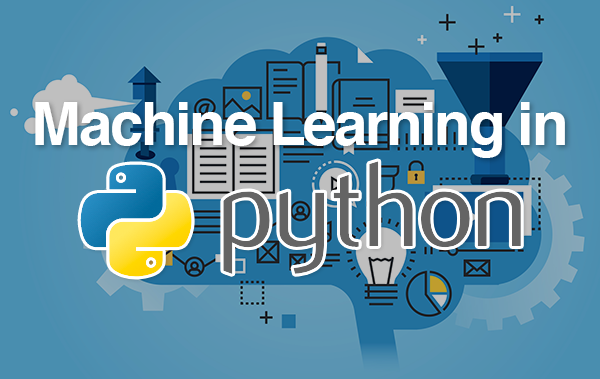
Flow control in Python, also known as control flow, is the order in which the instructions in a program are executed. This means that we can tell the computer to execute certain instructions only if certain conditions are met, or to repeat instructions a certain number of times. This allows us to create more complex and powerful programs.
The first type of flow control is the if-else statement. The if-else statement allows us to check if a condition is true or false and execute certain instructions based on the outcome. For example, if we want to check if a number is even or odd and print a message accordingly, we could use an if-else statement.
Another type of flow control is the for loop. The for loop allows us to repeat a set of instructions a certain number of times. For example, if we want to print the numbers from 1 to 10, we could use a for loop.
The next type of flow control is the while loop. The while loop allows us to repeat a set of instructions as long as a certain condition is true. For example, if we want to keep asking a user for input until they provide a valid answer, we could use a while loop.
Python also provides other flow control statements such as the break statement, which allows you to exit a loop early, and the continue statement, which allows you to skip an iteration of a loop.
In addition to these flow control statements, Python also provides several functions that allow you to control the flow of your program, such as the range() function, which allows you to generate a range of numbers, and the enumerate() function, which allows you to loop over a list of items and their indices.
In conclusion, flow control in Python is the order in which the instructions in a program are executed. There are several flow control statements in Python, including if-else statements, for loops, and while loops, that allow you to create more complex and powerful programs. Python also provides other flow control statements such as the break statement and the continue statement, as well as functions like range() and enumerate() that allow you to control the flow of your program. Understanding and using flow control is an important step in becoming proficient in programming with Python.
In this Applied Machine Learning & Data Science Recipe (Jupyter Notebook), the reader will find the practical use of applied machine learning and data science in Python programming: Flow Control in Python.
What should I learn from this recipe?
You will learn:
- Flow Control in Python.
Flow Control in Python:
Disclaimer: The information and code presented within this recipe/tutorial is only for educational and coaching purposes for beginners and developers. Anyone can practice and apply the recipe/tutorial presented here, but the reader is taking full responsibility for his/her actions. The author (content curator) of this recipe (code / program) has made every effort to ensure the accuracy of the information was correct at time of publication. The author (content curator) does not assume and hereby disclaims any liability to any party for any loss, damage, or disruption caused by errors or omissions, whether such errors or omissions result from accident, negligence, or any other cause. The information presented here could also be found in public knowledge domains.
Learn by Coding: v-Tutorials on Applied Machine Learning and Data Science for Beginners
Latest end-to-end Learn by Coding Projects (Jupyter Notebooks) in Python and R:
Applied Statistics with R for Beginners and Business Professionals
Data Science and Machine Learning Projects in Python: Tabular Data Analytics
Data Science and Machine Learning Projects in R: Tabular Data Analytics
Python Machine Learning & Data Science Recipes: Learn by Coding